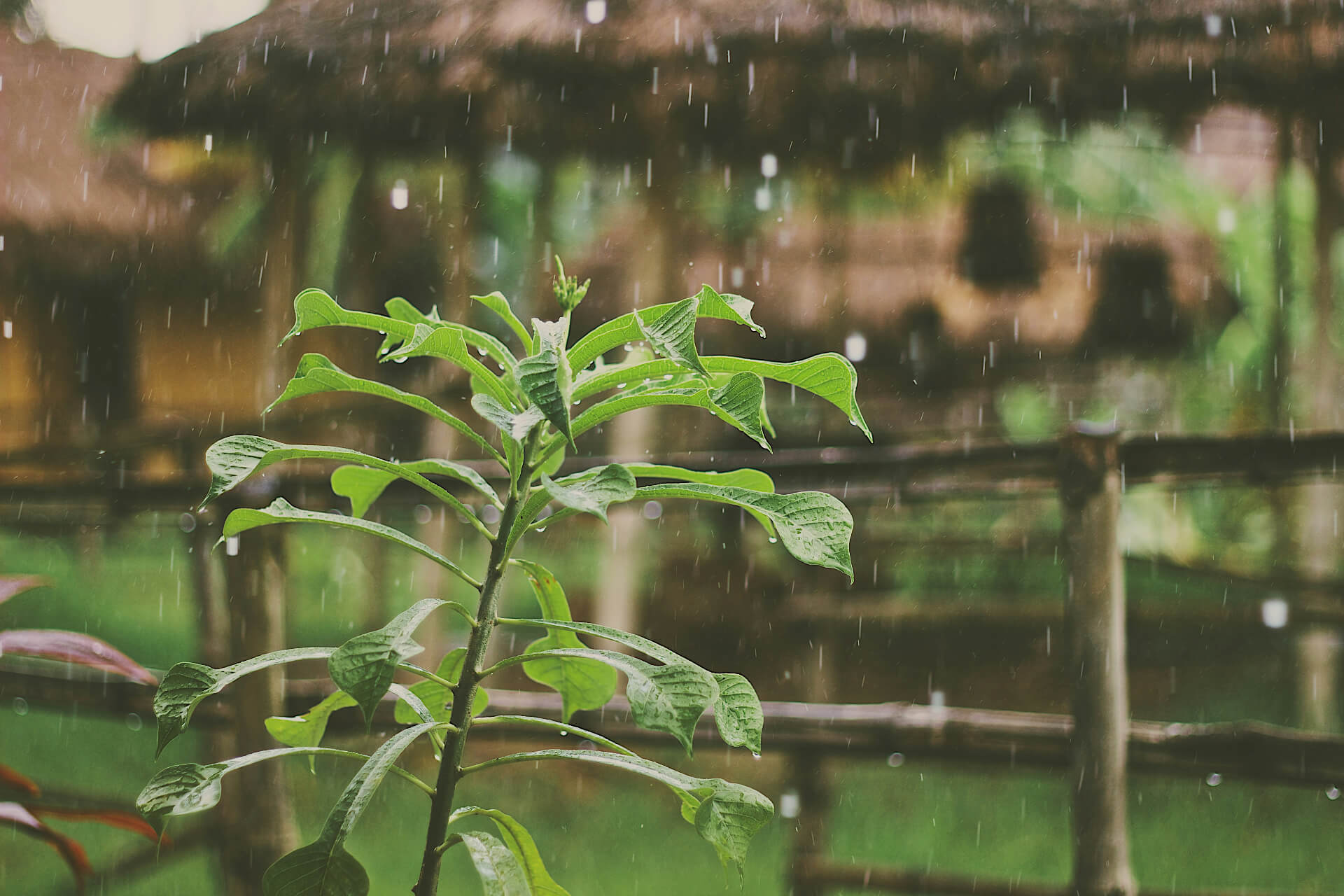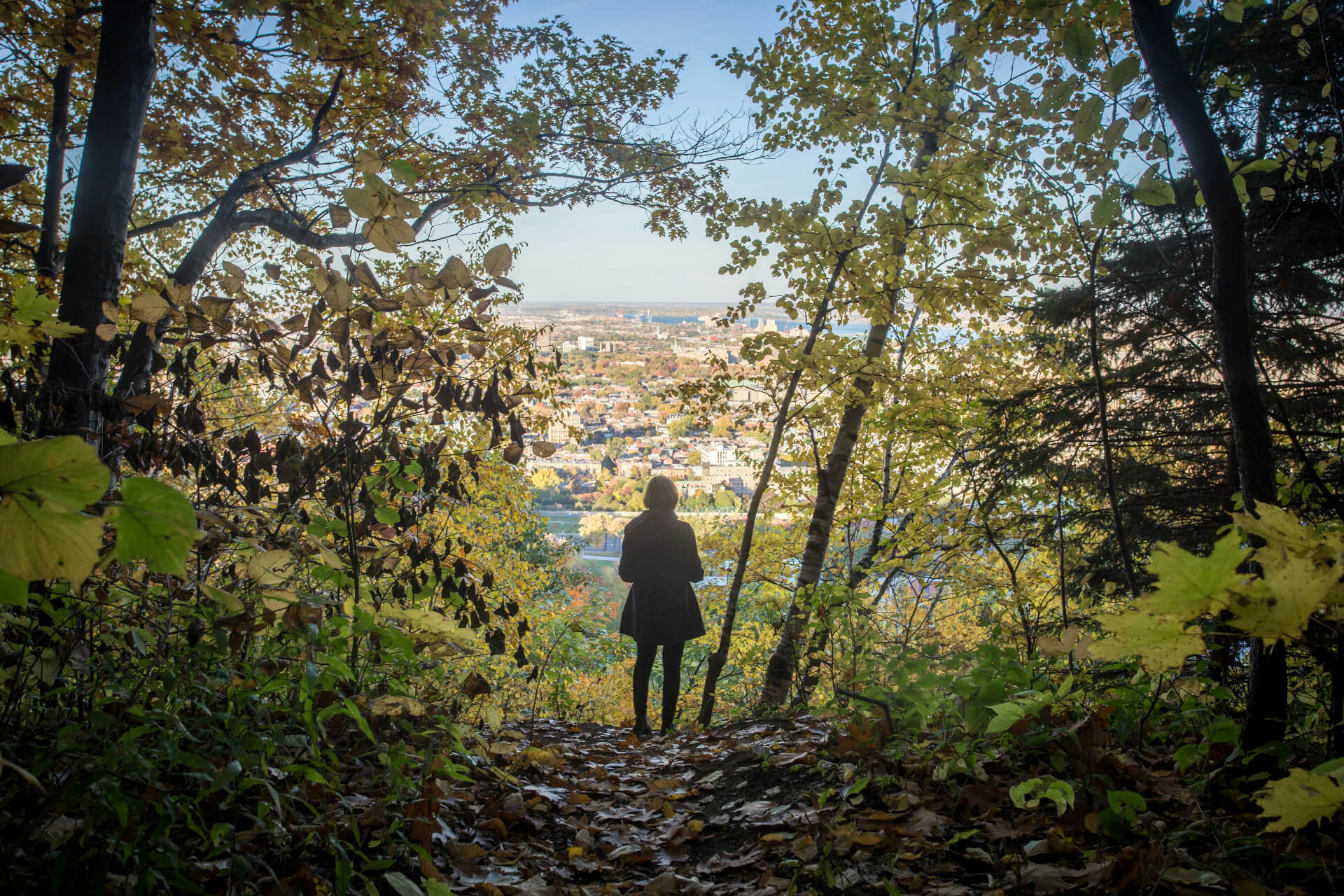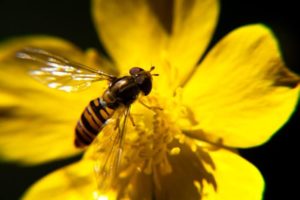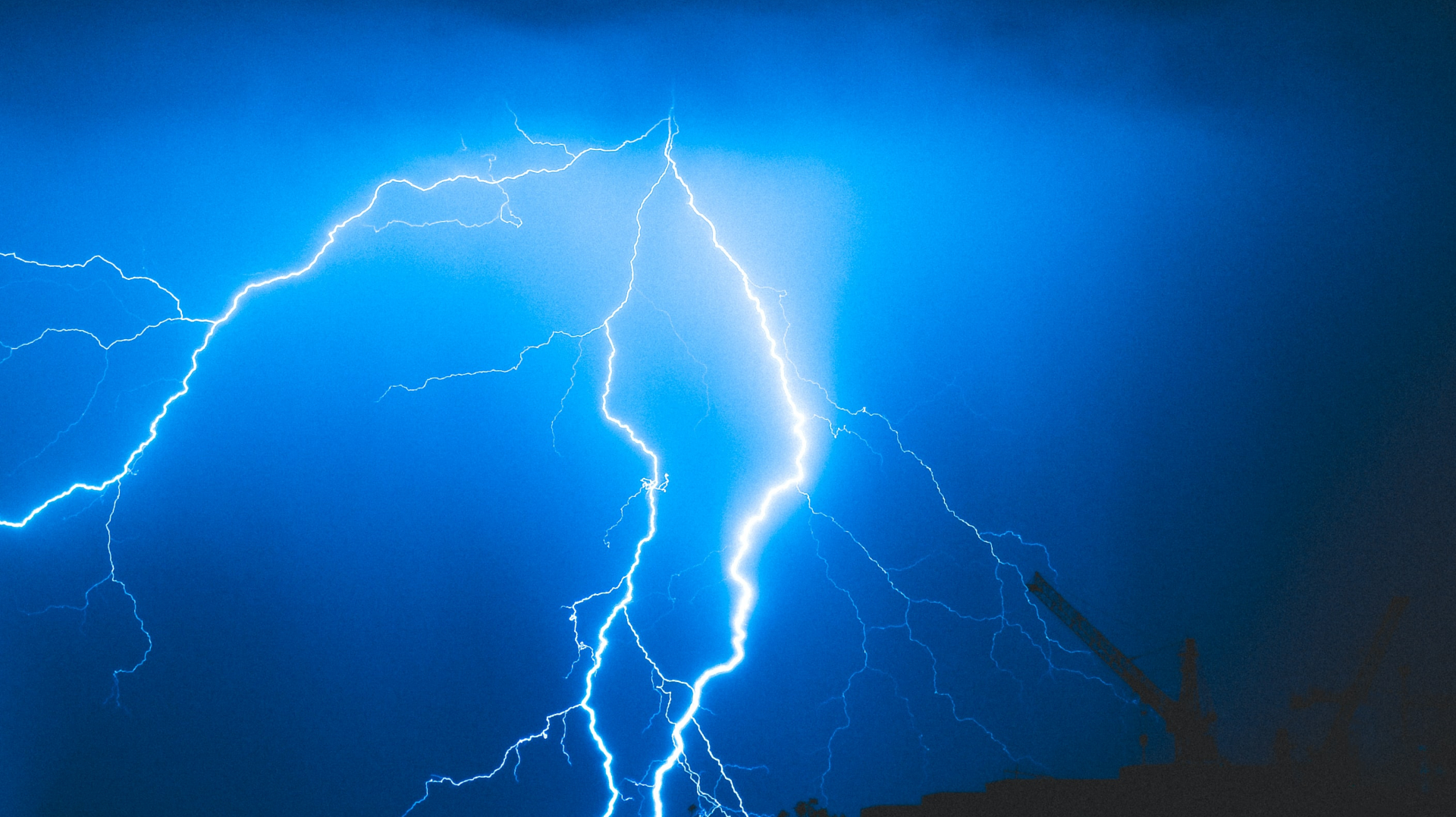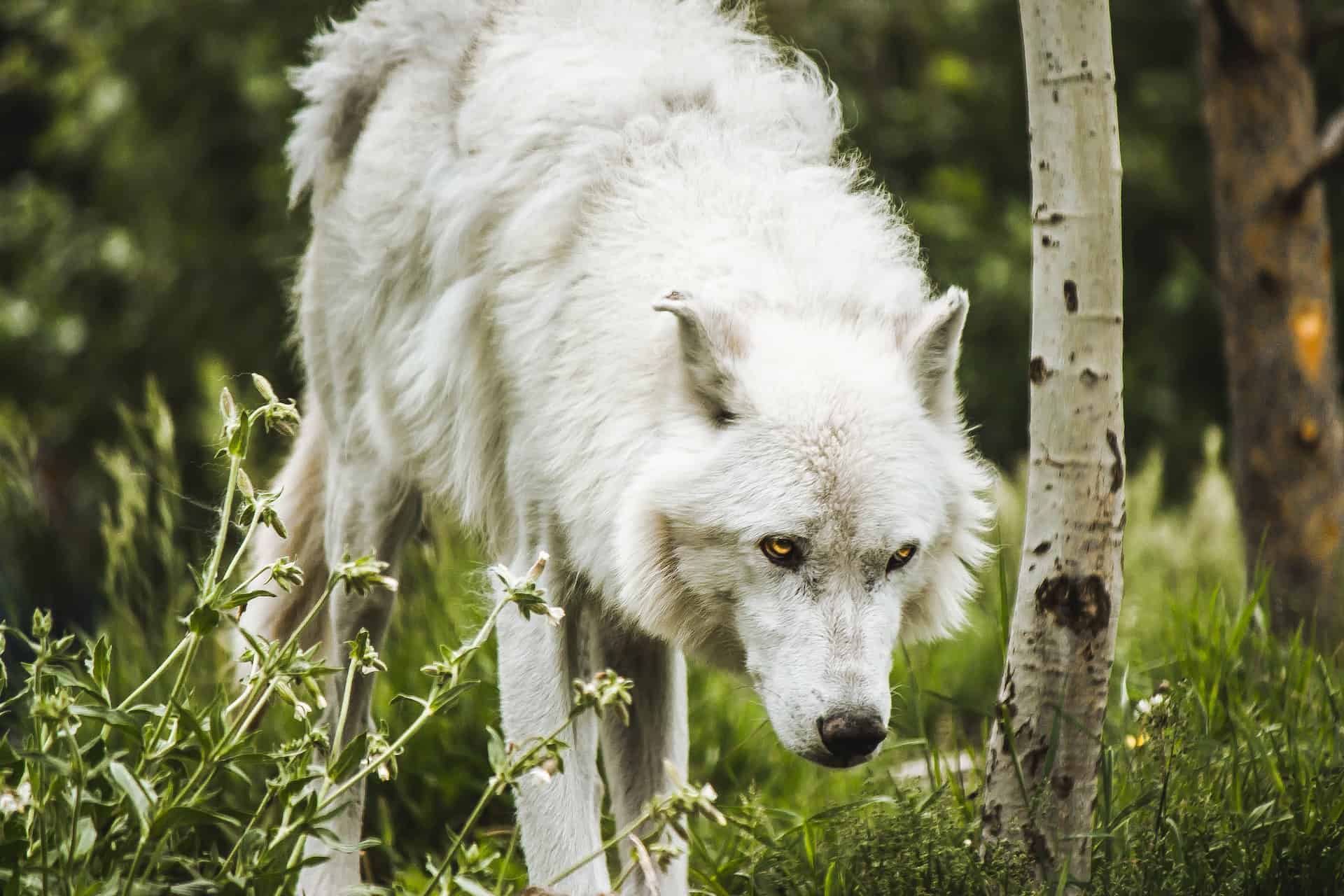
Interesting Examples of Carnivorous Keystone Species
February 7, 2023 - Ellie Gabel
Revolutionized is reader-supported. When you buy through links on our site, we may earn an affiliate commision. Learn more here.
As George Orwell famously put it, some animals are more equal than others. Remove a single species of mouse from an environment, and other small rodents may fill in its niche. But what happens if you remove starfish from a tidepool or wolves from Yellowstone? Here are some dramatic examples of carnivorous keystone species and how they shape the surrounding ecosystem.
Mussel Mass
When zoology professor Robert Paine first encountered the tide pools of the Olympic Peninsula in 1963, he saw a unique opportunity. Here were self-contained biomes, isolated from one another by rocky outcroppings, and they each held just a handful of species. At the top of the food chain in each pool was a single apex predator species called the ochre sea star.
Paine had been asking one of the most fundamental questions in biology — Why do trees have leaves? Why don’t herbivore populations, with access to so much greenery, grow uncontrollably and eat everything in sight?
He postulated that bottom-up forces like plant availability weren’t the only thing keeping herbivore populations in check. In addition, he theorized, maybe predators exerted top-down forces on their prey. Although this idea seems so simple now as to be obvious, Robert Paine was actually the first to prove it.
Ochre sea stars mainly eat mussels. If the top carnivores weren’t in the picture, he wondered, what would happen to their prey?
Using a crowbar, Paine pried every ochre sea star from some of the tide pools, flinging them into the sea. He left other tide pools alone to act as controls. Soon, the pools without an apex predator became one mass of mussels, which crowded out all other species with their sheer bulk.
The loss of biodiversity was shocking. Paine had expected the mussel population to grow, but had no idea the other species would die out. Thinking of the keystone in an arch, Paine coined the term “keystone species.” It describes a species so fundamental to its environment that if it’s removed, the entire food web will collapse.
Ghosts of Yellowstone
Wolves are one of the star attractions at Yellowstone National Park in Wyoming, Idaho and Montana. Widely considered one of the clearest examples of a keystone species, these top carnivores suffered from an image problem in the 1920s.
The late 1800s and early twentieth century were not a good time for animals in the United States. The infamous photo of a man standing atop a towering pile of bison skulls summarizes the prevalent mentality at the time — to conquer the savagery of nature. By the 1920s, park rangers had slaughtered the last two wolf pups in Yellowstone. Thus began the carnivore’s long hiatus from the Greater Yellowstone Ecosystem.
It wasn’t long before things fell apart.
The elk population ballooned upward, and the hungry ungulates ate more than their share of vegetation. They decimated cottonwood, willow and aspen growth, causing widespread erosion as the dying tree roots lost their grasp on the soil. Some accounts even say that riverbanks collapsed.
Simultaneously, Yellowstone became a kingdom of coyotes — without the top dogs to control them, the scavengers roamed freely and ate a sizeable portion of the pronghorn calves. The fox population dwindled as coyotes overtook the park’s smallest canines. By the time officials reintroduced wolves in 1995, the Yellowstone landscape was so degraded it was unrecognizable, with even bears dying off due to not having enough berries available to eat.
The wolves’ comeback marked one of the most dramatic keystone species examples in ecology to date. As their population grew and spread throughout the park, they scared elk away from the rivers where the cottonwood and willows barely clung to life. The elk population fell and berries started to grow.
The wolves dominated coyotes at kill sites, driving the scavengers away from carcasses in open areas. Bears, ravens and wolverines now had greater scavenging opportunities. Cougars moved back to their mountainside ranges as wolves stole their kills.
Within just a few years, Yellowstone was flourishing as the wolves exerted a strong top-down effect on their prey and competitors. The success story of the park’s recovery influenced the public’s perception of wolves. Today, visitors consider them one of the most haunting but beautiful members of the park, and report feeling very lucky if they see one.
Eating Every Last Leaf
The story of the Kaibab Plateau is a textbook example of the effects of predator removal. In the early 1900s, hunters decided there weren’t enough deer in the Kaibab Plateau. Embarking on a drastic campaign to bolster the deer population, the government enacted a deer-hunting ban and killed thousands of wolves, coyotes, mountain lions and bobcats over the next 18 years.
The deer population exploded. Going from just a few thousand individuals in 1906 to as many as 100,000 by 1924, the herbivores ate every bit of browse in sight, stripping plants bare of their leaves. No sooner had they done so than they began to starve, and a mass die-off subsequently occurred. Many of the plants did not recover after the deer ate them down — this led to even more starvation.
It’s hard to determine which predator played the largest role in controlling the deer. However, wolves and mountain lions are both keystone species that heavily predate deer. Removing them likely had the most dramatic consequences on their prey.
The Kaibab Plateau story — which happened concurrently with the eradication of the Yellowstone wolves — played a major role in changing people’s view of carnivores. Once thought of as merely villains, predators were now protectors, as integral to the landscape as birds or trees.
Apex Keystone Species Examples
These keystone species examples illustrate the role of carnivores in creating a top-down trophic cascade. Keystone species, of course, can also be herbivores, producers, scavengers or detritivores. Their behavior can be as inconspicuous as spreading genetic diversity — such as bees pollinating plants — to as obvious as rerouting rivers in the case of beavers building dams, but they always hold the food web together.
Most apex predators are keystone species. This means their removal and reintroduction have dramatic effects on the surrounding ecosystem. As Robert Paine discovered by hurling starfish at the sea, without top carnivores, the world would be a lot less green.
Revolutionized is reader-supported. When you buy through links on our site, we may earn an affiliate commision. Learn more here.
Author
Ellie Gabel
Ellie Gabel is a science writer specializing in astronomy and environmental science and is the Associate Editor of Revolutionized. Ellie's love of science stems from reading Richard Dawkins books and her favorite science magazines as a child, where she fell in love with the experiments included in each edition.
